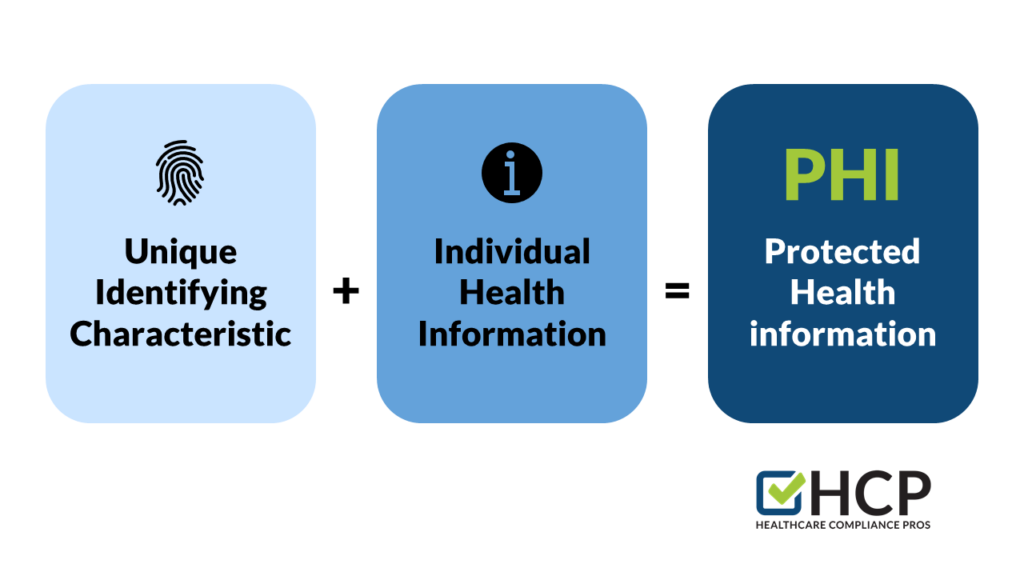Earlier this year, Noland Arbaugh made headlines when he became the first patient to receive a Neuralink brain implant. Arbaugh suffered a spinal cord injury in 2016, and the Neuralink chip, a powerful implantable brain-computer interface, gave him newfound hope.
Technology has always played a pivotal role in advancing the healthcare industry. And because technology is, at its core, about pushing the limits of human capabilities, it goes hand in hand with a field focused on ensuring the wellness of human beings.
But that’s not all it does. Technology is disruptive—a powerful entity that can change the status quo for the better (or worse). As disruptors ourselves, it’s essential to think carefully about how we can experiment with it and test its limits.
To extend the capabilities of healthcare, we must look to technological innovations. Tools like biotechnology, IoT, and AI are proving critical in the field. Yes, they provoke controversy. But isn’t that the very essence of advancement?
Let’s take a closer look at how technology is enabling us to re-envision patient care.
Opportunities in Healthcare
The Healthcare industry is one of the leaders in adopting artificial intelligence. It’s rapidly advancing through digital transformation by embracing new tech solutions at a remarkable pace.
The opportunities for technological advancement in the healthcare field are abundant. These are just some of the ways tech is moving the industry forward.
Telemedicine
A mere decade ago, healthcare was almost completely an in-person enterprise. Many people, including low-income populations and those in remote areas, struggled to get the services they needed.
Thanks to telemedicine, more people than ever before have access to quality care. The globally-expanding phenomenon is breaking down barriers, ensuring people from rural and other underserved communities connect with providers remotely.
Telemedicine eliminates the need for frequent in-person visits. Armed with tools like glucose sensors and pressure meters to collect and share data digitally, patients receive timely and precise care without leaving their homes.
Greater Longevity

Thanks to dramatic strides in healthcare and living standards around the world, the 21st century has witnessed an increase in life expectancy. We’re also seeing a mindset shift, moving from treatment to prevention.
Known as “Healthcare 3.0,” this shift demands the development of technologies and systems that make it possible to provide personalized treatments remotely and otherwise. Already, we have high-precision sensors and telerobotics in place.
In many countries, life expectancy has grown to more than 70 years—an increase of nearly 20% between 1971–2021. Much of this gain is due to technological innovation.
Wearable technology helps individuals monitor key data, such as heart rate and exercise. Using these devices, people can track key health metrics without office visits.
AI is also having a dramatic impact on longevity. In fact, 64% of U.S. adults believe that the adoption of AI tools will lead to the earlier detection of medical conditions. Earlier detection means earlier treatment and, ultimately, longer lifespans.
Challenges and Concerns in the World of Healthcare
Despite playing a pivotal role in the evolution of healthcare, the introduction of new technologies also presents Challenges for this industry. By recognizing them, we can strategize to pave the way for a smoother health-tech journey.
How can we understand—and mitigate—these obstacles?
Security and the Use of Sensitive Data
Many widely used digital solutions require access to sensitive data. It’s essential for healthcare providers and organizations to protect personal information that could otherwise compromise privacy and confidentiality.
Many lawmakers and other advocates are putting measures in place to ensure that healthcare data is well-protected. For example, HIPAA safeguards protected health information (PHI), which refers to any data that can be used to identify information relating to their health status, provision of healthcare, or payment for healthcare. This helps ensure that individuals’ health information is kept private and secure.

In the US, laws are being proposed at both the federal and state levels to ensure security and safety in using AI. Colorado, for example, has become the first state to pass a law to this effect. In 2026, the Artificial Intelligence Act will provide protections for users of “high-risk” AI systems, including those in healthcare.
Integrating Information from Multiple Sources
Most advanced technological solutions require information from numerous sources. It can be difficult to effectively integrate these various data sources.
At Santex, we saw this challenge first-hand when we partnered with Optimize Health. The organization sought to develop a product for enabling agile and efficient remote patient care. With our support, they integrated multiple processes and tools into a single application. The second version of the platform enhances remote patient care services, encompassing remote patient monitoring (RPM), tools to integrate clinical devices, and tools to organize and present information to nurses for evaluation and decision-making.

Compliance
There’s a delicate balance between innovation and safety. With human lives at stake, it’s absolutely mandatory for healthcare organizations to be compliant with regulations and legal requirements in the field.
For example, as products scale and expand into new markets, it’s essential for companies to ensure that they are expanding ethically and responsibly. Sometimes, these two goals are at odds. However, by establishing a rigorous quality assurance and control process, businesses can secure systematic scalability and proper compliance.
Thorough documentation is also key. By ensuring a pipeline of information—one that is exhaustively documented from requirements gathering to deployment and maintenance—organizations can guarantee that they have fully completed each critical stage.
Where Are We Headed?
Going forward, how can we make sure that we integrate technology into healthcare responsibly, ethically, and with the patient in mind? What considerations should we prioritize as we guarantee healthcare is patient-centric and enhances (rather than detracts from) the necessary human touch? How can we take advantage of current trends to create relevant and cohesive strategies for the future?
There’s no easy answer. To me, innovation means taking risks—while always keeping the end user (the human being) in mind. Healthcare is a field that’s ripe for experimentation, and we need to experiment in order to move forward.
This starts with involving decision-makers from both the healthcare and technology sectors. Together, we can ensure ethical and powerful innovation whilst also focusing on accessibility, scalability, and continuous learning.
By keeping ourselves grounded in the present while still looking ahead to anticipate future needs and trends, we can write a new narrative. Ultimately, this will mean the best care–and possibilities—for everyone.
If you want to learn more, reach out to our team at Santex. https://santexgroup.com/





